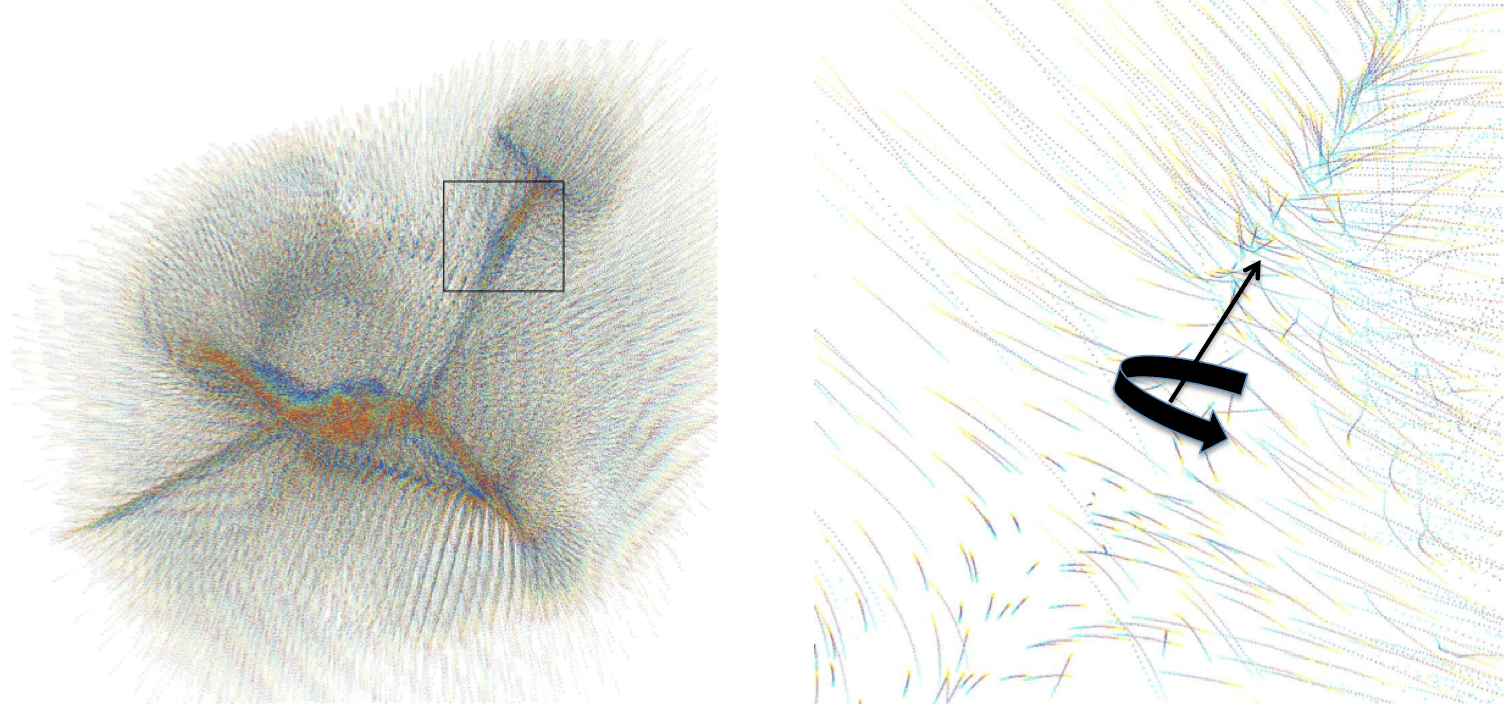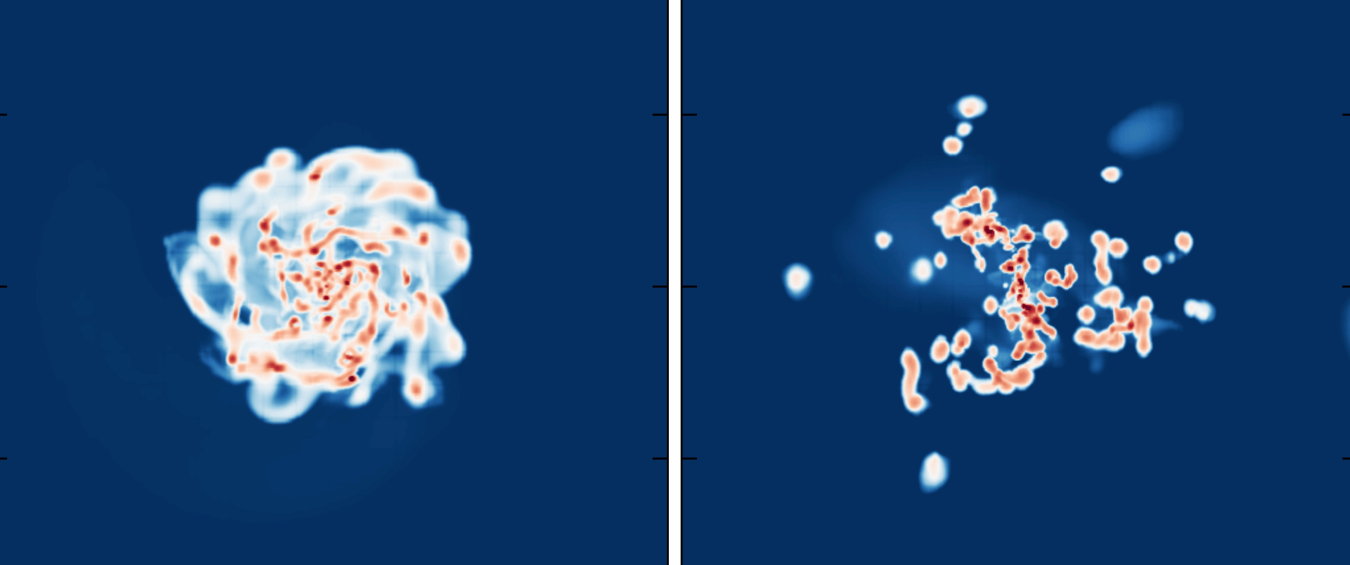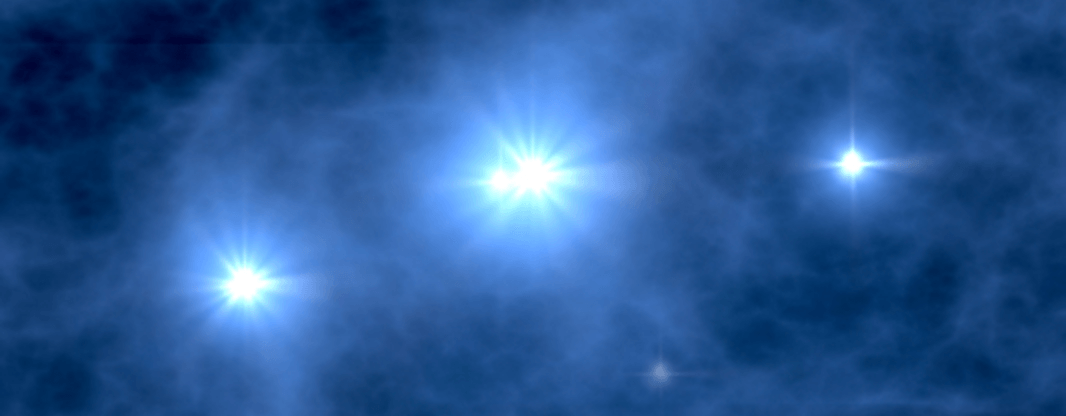Radiation transport calculation of the thermal radiation from gamma-ray burst jets

Sanshiro Shibata
Konan University
Gamma-ray bursts (GRB) are the one of the most energetic phenomena in the universe, with typically 1051 erg in gamma rays emitted within of order few tens of seconds. In the case long gamma-ray burst, the radiation is emitted from relativistic jets launched as a result of the gravitational collapse...


 和 英
和 英 





